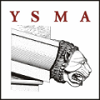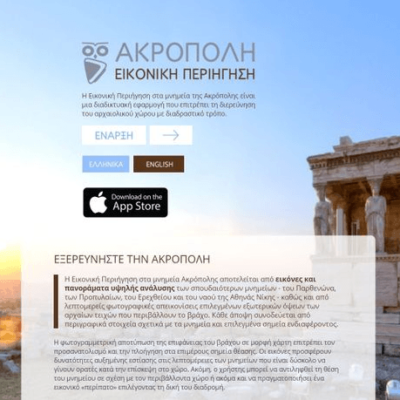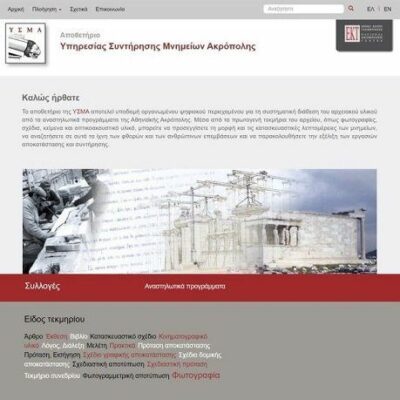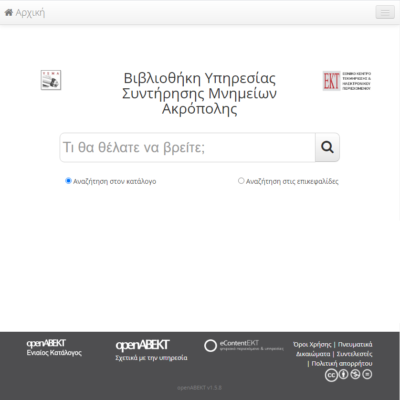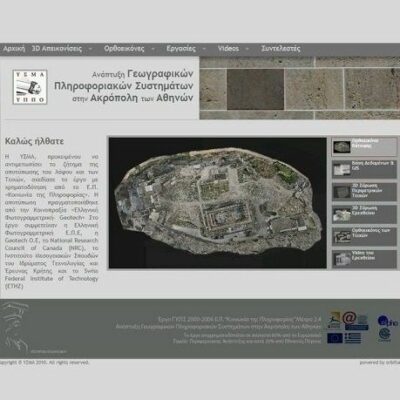The Acropolis virtual tour comprises images and panoramas of high resolution and also detailed photographic representations of the external side of the ancient walls surrounding the rock. Every view is accompanied with descriptive information concerning the monuments and selected places of interest
The visitors have the opportunity to navigate around the application either on the Internet or via their mobile phones (iOS operating system).
The Repository of the Acropolis Restoration Service
YSMA’s repository is a storage location of organised digital content for the systematic provision of archival material collected from the restoration programmes on the Acropolis of Athens; as such it also initiates the distribution of material from YSMA’s archive on the Internet. For the time being the accessible documents offer information from the restoration interventions in the Erechtheion. The Repository is to be systematically enriched with new material added after the restoration works in the other monuments of the Acropolis are completed and delivered.
YSMA and the National Documentation Centre worked together in a coordinated effort in order to complete the documentation project.
The library catalogue-search of the Acropolis Restoration Service
It is an upgraded and standardized catalogue of YSMA’s library that uses the openABEKT platform in collaboration with the National Documentation Centre and provides open access to all Internet users.
YSMA’s specialised reference library does not allow access to the public and contains documents on matters regarding the Acropolis monuments and their restoration works.
Geographical Information Systems
The aim of this website is the online data presentation of the project “Development of Geographical Information Systems on the Acropolis of Athens”, implemented by YSMA and funded by the OP “Information Society”. The application makes use of interactive models and videos in order to present the survey of the Hill and the Walls of the Acropolis and a 3D model of the Erechtheion in low display resolution.
